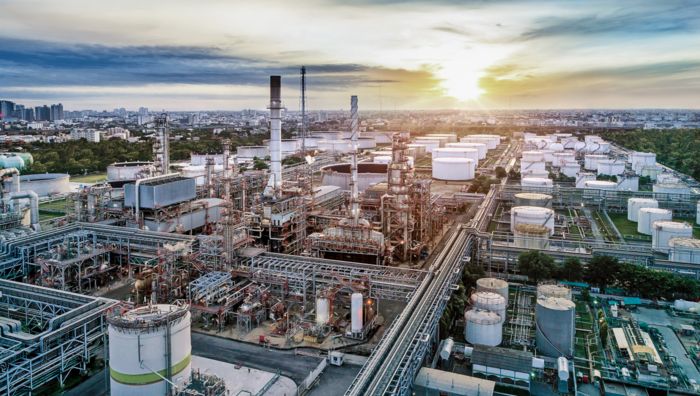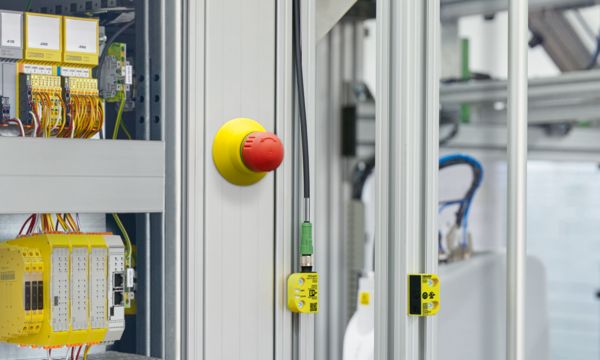
-
Safety planning
Planning of the activities that are required for achieving functional safety (FS) of the system, including verification and validation. -
Risk assessment
Systematic identification and evaluation of all risks and establishment of measures to be taken for adequate risk reduction. -
Assigning protection layers
Assigning the planned measures to individual protection levels and establishing the required SIL for safety functions. -
Functional safety management
Establishing a management system for controlling the safety lifecycle and for resource planning. -
Evaluating functional safety
Recurring assessment of whether the safety planning and functional safety management were applied correctly.













